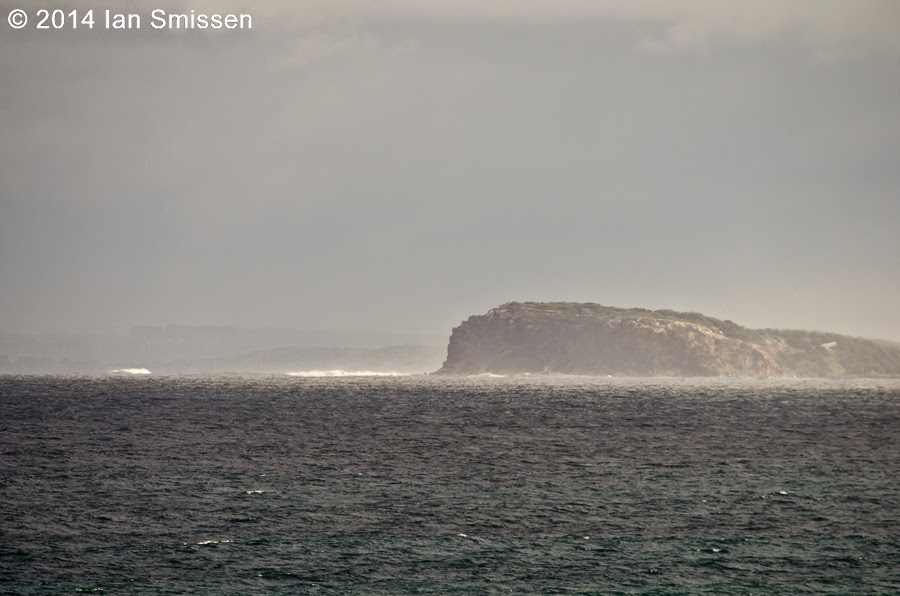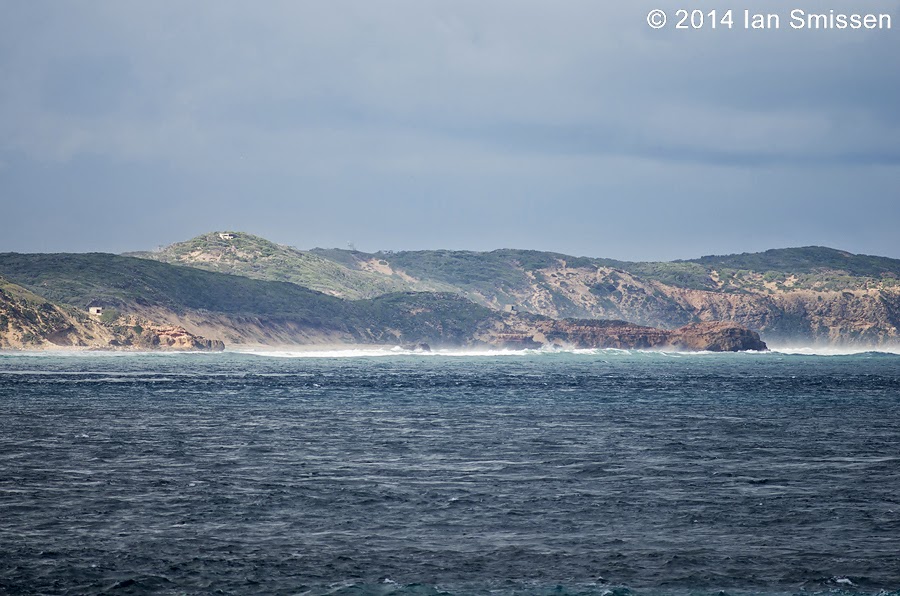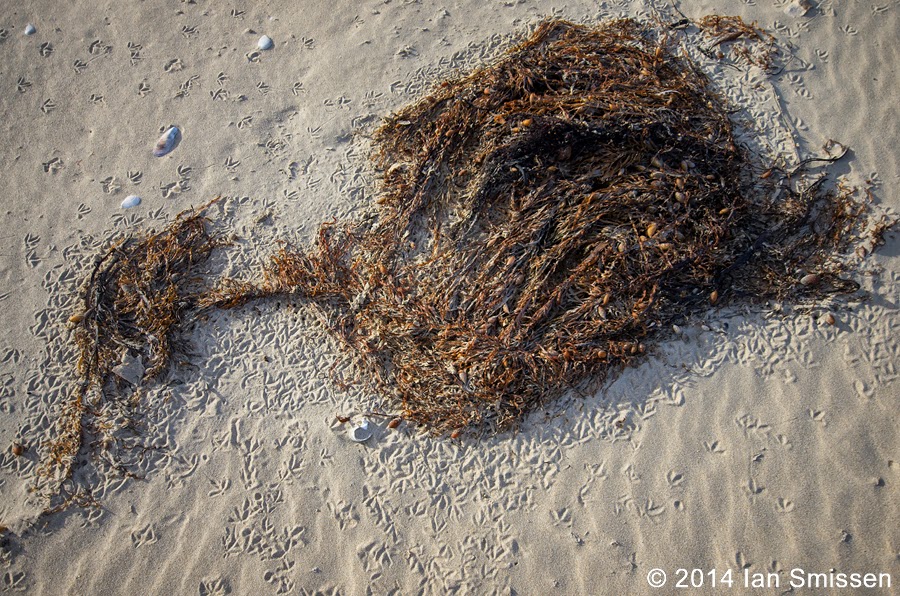Driving home from Cape Bridgewater today, we decided to stop at some locations that we'd never visited before and we were rewarded with some great shore bird spotting and photography.
Shelly Beach (on Bridgewater Bay)
This beach is accessible from a short track off the main Bridgewater Road opposite the intersection with Bridgewater Lakes Road.
 |
| Shelly Beach, Bridgewater Bay |
The highlight here was a pair of Australian Pied Oystercatchers that turned on a great show:
First chasing each other around in circles with one bird latched on to the scapular feathers of the other
 |
| Australian Pied Oystercatcher, Shelly Beach, Bridgewater Bay |
then taking off in flight,
 |
| Australian Pied Oystercatcher, Shelly Beach, Bridgewater Bay |
one landing again just in front of me to pose for a portrait
 |
| Australian Pied Oystercatcher, Shelly Beach, Bridgewater Bay |
The other wandering off purposefully down the beach in the other direction
 |
| Australian Pied Oystercatcher, Shelly Beach, Bridgewater Bay |
Before flying back,
 |
| Australian Pied Oystercatcher, Shelly Beach, Bridgewater Bay |
landing on rocks close-by and calling loudly.
 |
| Australian Pied Oystercatcher, Shelly Beach, Bridgewater Bay |
Mouth of the Fitzroy River
The Fitzroy River drains into Portland Bay a few km SE of Tyrendarra. Access is via Thomsons Road. There's a car park with boat ramp and picnic tables at the end of Thomsons Road but you can continue on past the car park driving along the firm sand bank of the river estuary stopping a hundred metres or so short of the river mouth and beach.
As we walked out onto the beach we spotted a solo
Hooded Plover on the water's edge among some washed up kelp.
 |
| Hooded Plover, Fitzroy River Mouth |
I managed to get a little closer by staying low and crawling slowly while the bird was feeding, stopping every time it looked up. This was as close as I was willing to get so not to scare the bird away.
 |
| Hooded Plover, Fitzroy River Mouth |
While there I also spotted several Double-banded Plover
 |
| Double-banded Plover Fitzroy River Mouth |
including this one just starting to develop breeding plumage.
 |
| Double-banded Plover Fitzroy River Mouth |
Belfast Beach
A stretch of beach due south of Tower Hill, about half way between Warrnambool and Port Fairy, can be accessed from Gorman's Road. If you drive as far as you can there's a small car park with a short sand track to the beach. Immediately we got onto the beach we spotted Red-capped Plovers sheltering in tiny sand scrapes at the lee side of the sand ridge along the beach.
 |
| Red-capped Plover (male), Belfast Beach |
I gave them a wide berth and headed over the ridge towards the sea. Closer to the water's edge, each small pile of kelp was surrounded by footprints where small wading birds had been feeding on the collection of invertebrates that make their home in the kelp.
I spotted several female Red-capped Plovers feeding along the water's edge so I crouched down and crept as close as I thought I could get without disturbing the birds.
 |
| Red-capped Plover (female), Belfast Beach |
It's possible to get quite close to shore birds, while they are concentrating on feeding, providing you stay low. It helps having dunes in the background so your outline doesn't break the horizon. I tend to sit/kneel and wait for a while so I can see what the birds are doing and let them get used to me. I then crawl up on my knees leaving behind a turtle track...
 |
Photographing Plovers, Belfast Beach
Photo courtesy of Joanne Smissen |
...and then wait for the birds to come closer to me.
 |
| Red-capped Plover (female), Belfast Beach |
It helps if the tide is coming in as most wading birds feed along the water's edge and the incoming tide will bring them closer to you.
 |
| Red-capped Plover (female), Belfast Beach |
...but sometimes, they look straight down the barrel at you...
 |
| Red-capped Plover (female), Belfast Beach |
As the waves recede, you can get some nice reflections.
 |
| Red-capped Plover (female), Belfast Beach |
 |
| Red-capped Plover (male), Belfast Beach |
A handful of Red-necked Stints were also feeding along the beach, having obviously opted to brave the Victorian winter in preference to the return flight to Siberia.
 |
| Red-necked Stint, Belfast Beach |
A pair of Double-banded Plovers marched by
 |
| Double-banded Plover, Belfast Beach |
and, as we were leaving, we found a solo juvenile
Hooded Plover on the edge of the lagoon.
 |
| Hooded Plover (juvenile), Belfast Beach |










































































